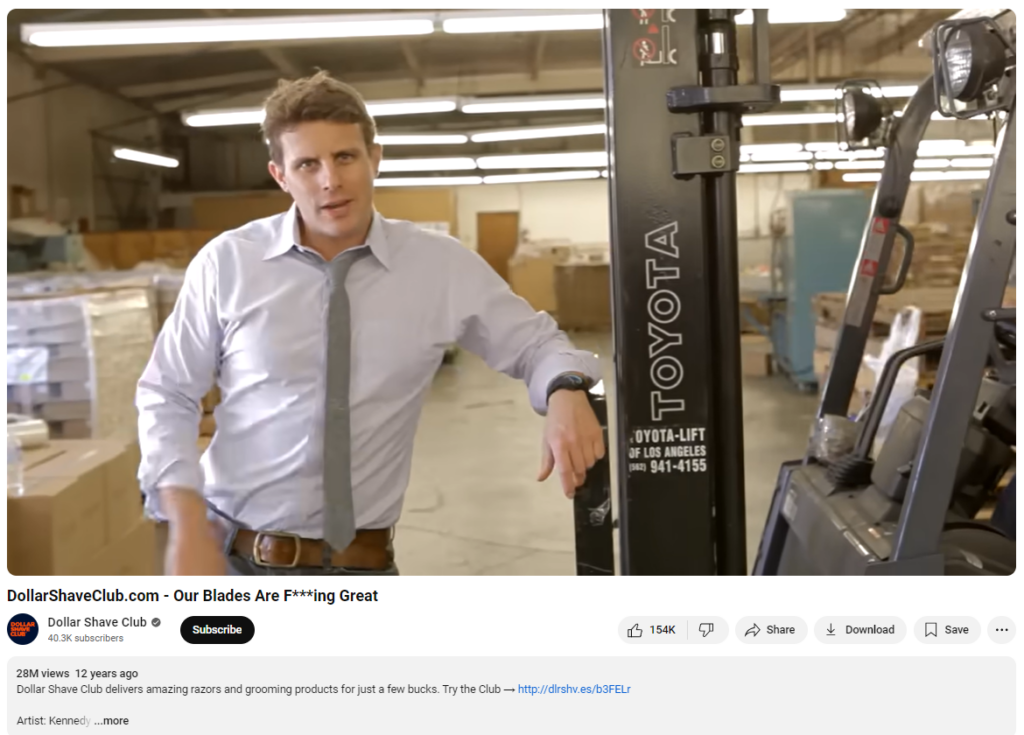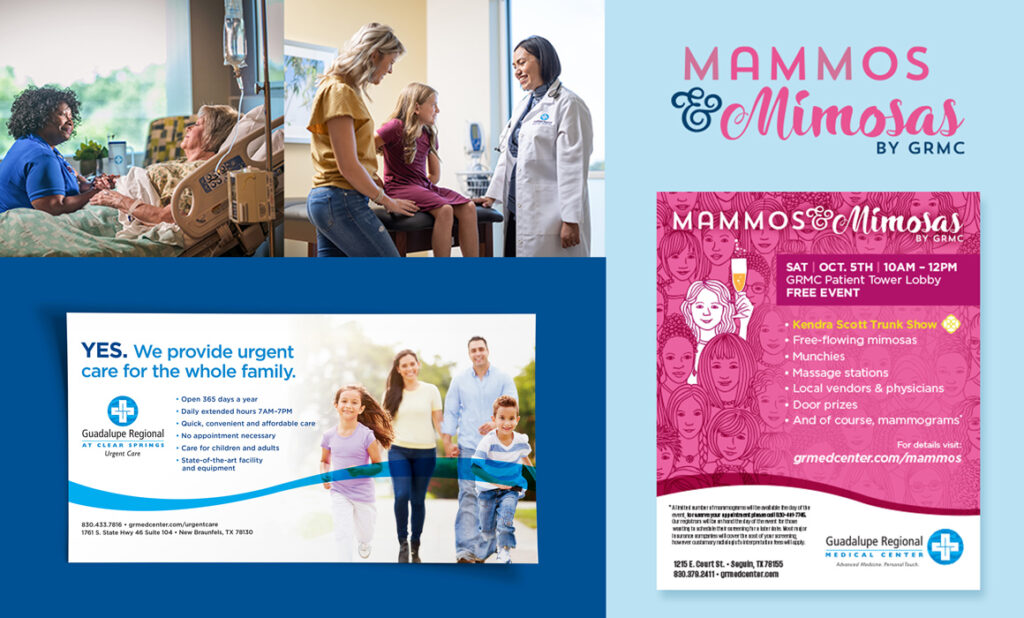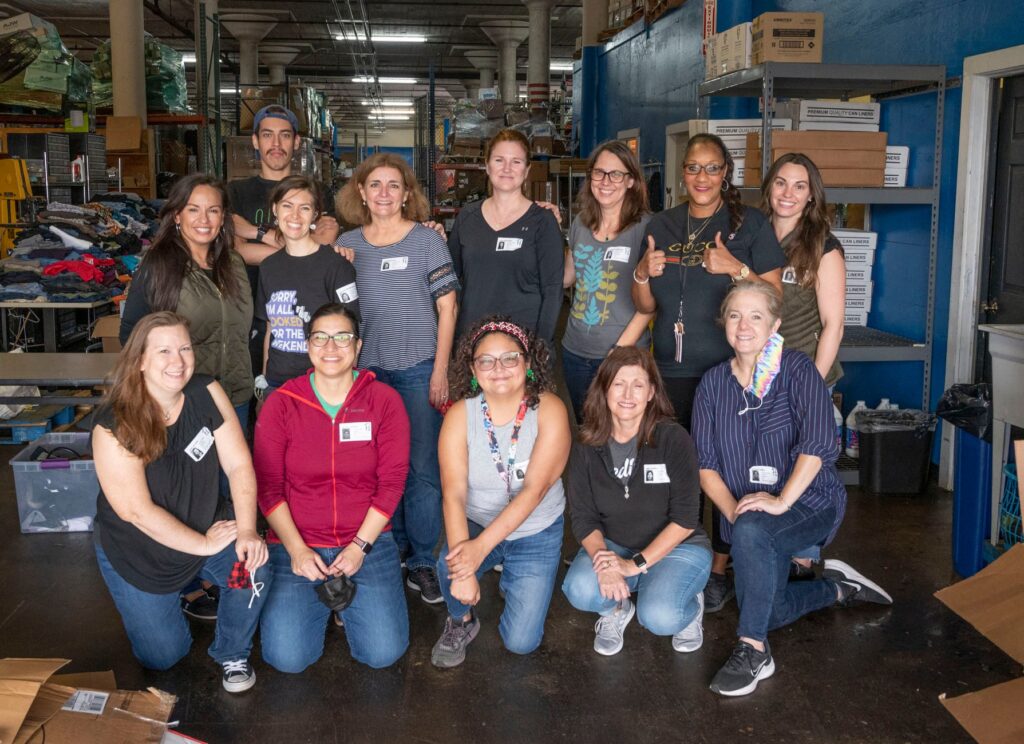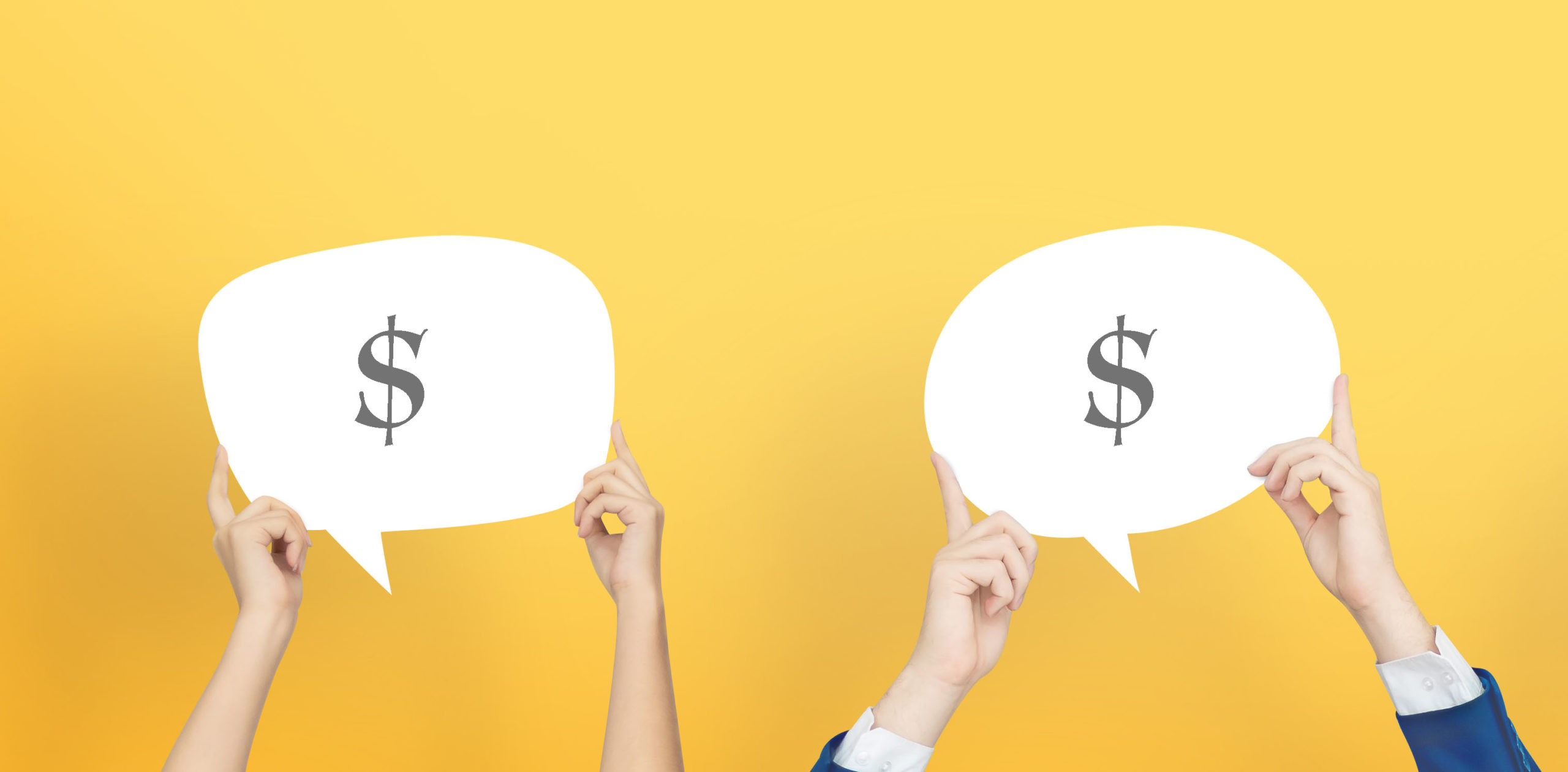If I ask you to think of a successful marketing campaign, you’ll likely picture a massive campaign with an even bigger budget—Super Bowl ads, nationwide billboards and the like. But there’s good news for those trying to maximize a smaller budget: Many impactful marketing campaigns have been executed with minimal resources.
In my decades in the advertising industry and nearly 20 years of leading my full-service agency Creative Noggin, I’ve seen firsthand that you don’t need a massive budget to achieve lofty goals. Instead, you need a smart, efficient strategy.
Imagine Your Greatest Success on a Shoestring Budget

In 2012, Dollar Shave Club entered a highly competitive industry with a low-budget ad. Their video, “Our Blades Are F***ing Great,” cost just a few thousand dollars to produce. It went viral, generating millions of views and catapulting the company to over $200 million in revenue within five years. It was quirky, to the point, and most importantly—it was smart. They understood their audience and how to speak to them, and the results proved that sometimes, creativity and strategy outweigh dollars.
At Creative Noggin, I’ve seen countless organizations make an enormous impact with limited resources, not unlike Dollar Shave Club. They focus on clear, targeted messaging, understanding their audience and making the most of every dollar. So whether your budget is $10,000 or $2 million, the principles of maximizing impact stay the same.
What qualifies as a “small marketing budget?”
When we talk about a “small budget,” we need to acknowledge that the term is highly relative. To someone with a $10,000 budget, $50,000 can seem enormous. Meanwhile, a nonprofit with $1 million to spend on marketing might still feel the pinch because of massive national impact expectations tied to those dollars.
However, both of these individuals share the same goal: To stretch their budget for the biggest possible impact. So, how do we do that?
Here are some cost-effective tactics to help you maximize a small marketing budget (whatever “small” may mean to you).
How to Maximize a Small Marketing Budget

Here are seven cost-effective strategies I’ve seen organizations across industries use to drive results without breaking the bank.
1) LinkedIn Thought Leadership
Too often, companies are so focused on their company-owned social media that they forget this simple fact: People prefer to connect with people, not companies.
Leverage the reputation, connections and expertise of leaders in your organization on LinkedIn. How? Through consistently publishing organic content, contributing to collaborative articles, performing outreach to others on the platform and thoughtfully engaging with others’ content.
Whether done by the leader themself or with the help of an agency, this will expand your company’s brand awareness and promote thought leadership—all at a low cost.
2) Content Marketing is (Still) King
Digital content such as social media, blog posts, videos and podcasts are among the most cost-effective ways to generate awareness. One piece of content can be repurposed across multiple platforms, amplifying your reach without duplicating your effort.
For example, my team worked with nonprofit government agency Agency on Aging Area 4 (AAA4) to raise awareness about their free services for senior adults of limited means. We combined engaging, informative organic social media content with highly targeted paid social media content to ensure we were reaching the relevant older audience and their caretakers. This combination of paid and organic content paid off, helping AAA4 achieve an explosion of brand awareness and applications from seniors grateful for their services.
3) Non-Business Social Media
Platforms like Facebook, Instagram and Nextdoor are inexpensive ways to reach your community. Combined with the time and commitment to handle comments and messages in a timely manner, these platforms can help you create significant influence for a fraction of what you’d pay on other platforms.
For example, my team has helped our client GRMC, a nonprofit community hospital, successfully engage local residents via organic and paid social media content for years. We build goodwill and brand awareness by publishing informative content about health and wellbeing. This presents GRMC as an expert voice and thought leader in its community. We then boost select posts so they can reach more audience members.

4) Out-of-Home Advertising (Think Small)
For some clients, traditional billboards are a great option. However, those with smaller budgets often can’t afford billboards. Others may have the budget, but worry that they would be paying for so many irrelevant impressions.
This doesn’t mean out-of-home advertising is out of reach. It just means that you may need to think smaller.
For example, our media buyer has helped clients utilize out-of-home that you might not think of, like courtroom or library TVs, bus interior signage and posters in public spaces like parks for effective, lower-cost community messaging.
5) Enthusiastic Street Teams
Instead of paying for expensive booths at local events, train street teams, gear them up in branded gear and get them out and talking with the community.
My team and I once trained college students on behalf of children’s museum The DoSeum and sent them out to meet people at city events. Those enthusiastic brand ambassadors played games with parents and their children while raising awareness of the upcoming grand opening. This generated a great deal of excitement and many of the museum’s early visitors cited these street teams as having convinced them to visit.
6) Targeted Digital Ads Over Broadcast
Radio and TV are effective mass-market tools for some organizations, but on a smaller budget, they can be inefficient and very expensive. Especially if you have a narrow target market.
Instead, consider using platforms like Pandora and Spotify or streaming video which enable you to target your message to a more specific audience. This will help you make sure every dollar you spend leads to the maximum impact.
7) Google Ads Across Platforms
Google Ads boasts a wealth of knowledge about your target audience members. Try using search ads, display ads and YouTube video ads to reach the same person across different channels at a low cost per impression. Additionally, cross-platform targeting allows you to increase impression frequency with your audience across desktop, tablet and mobile devices, all while maintaining very specific targeting. This ensures your dollars aren’t wasted.
Making multiple impressions is important—after all, the Rule of 7 states that a customer needs to encounter your brand at least seven times before taking action.
To Maximize a Small Marketing Budget, Be Sure to “Hyper-Target”
Regardless of the tactics you choose, at the heart of maximizing any small marketing budget is “hyper-targeting:” Narrowing the reach you paid for down to your most key audience members. And remember that when it comes to targeting, psychographics—how people think, their emotional triggers, and what drives their decisions—are just as important as demographics.
Every impression counts, so ensure that you understand your audience inside and out. Then, narrow your focus as much as possible to get the most bang for your buck.
Work With Us

Ready to get the most out of your marketing budget? My experienced team at Creative Noggin is here to help. Reach out to schedule a 30-minute strategy call.
Want help maximizing a small marketing budget?
Let’s ensure you get the most out of every dollar you spend.
